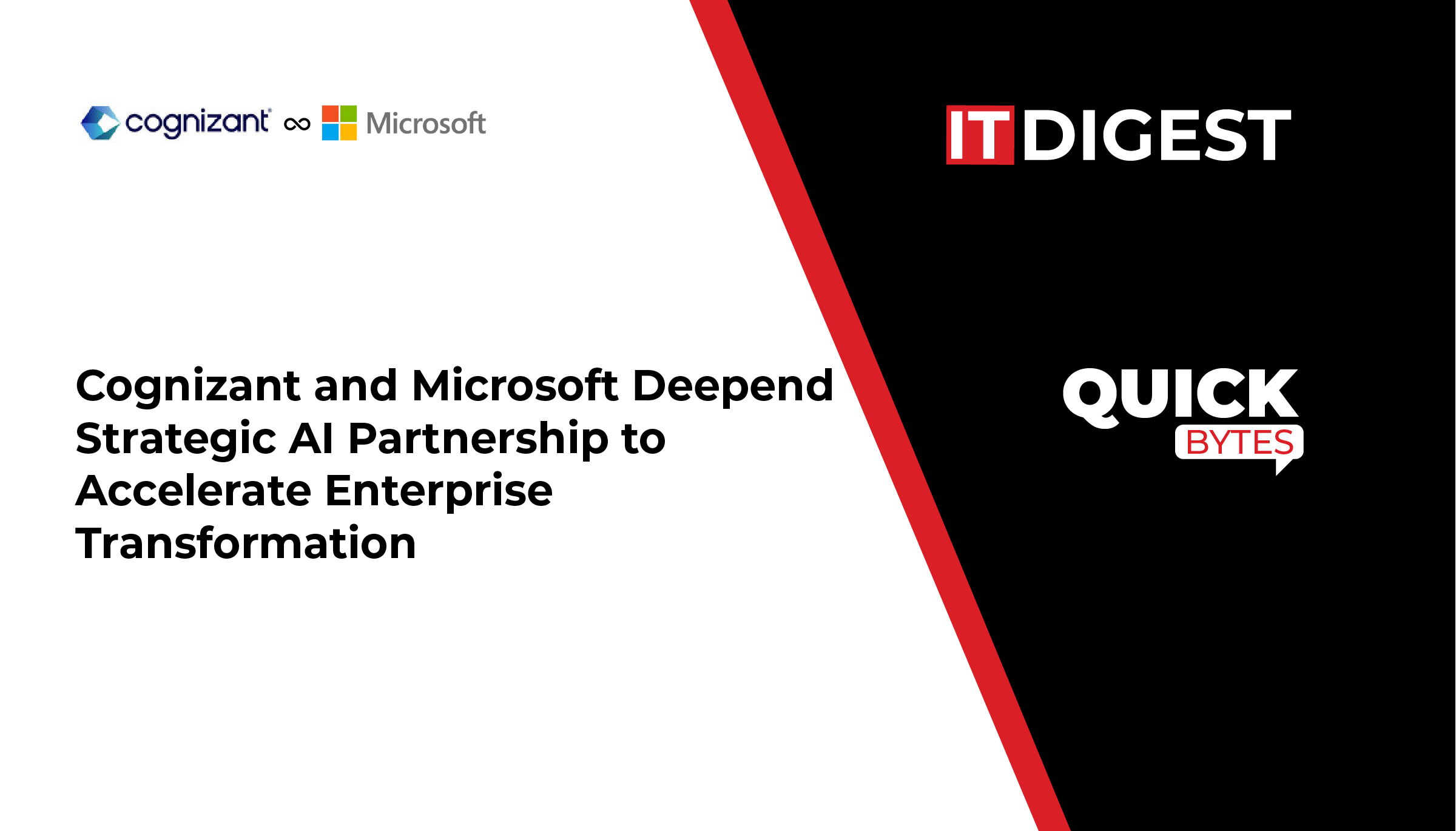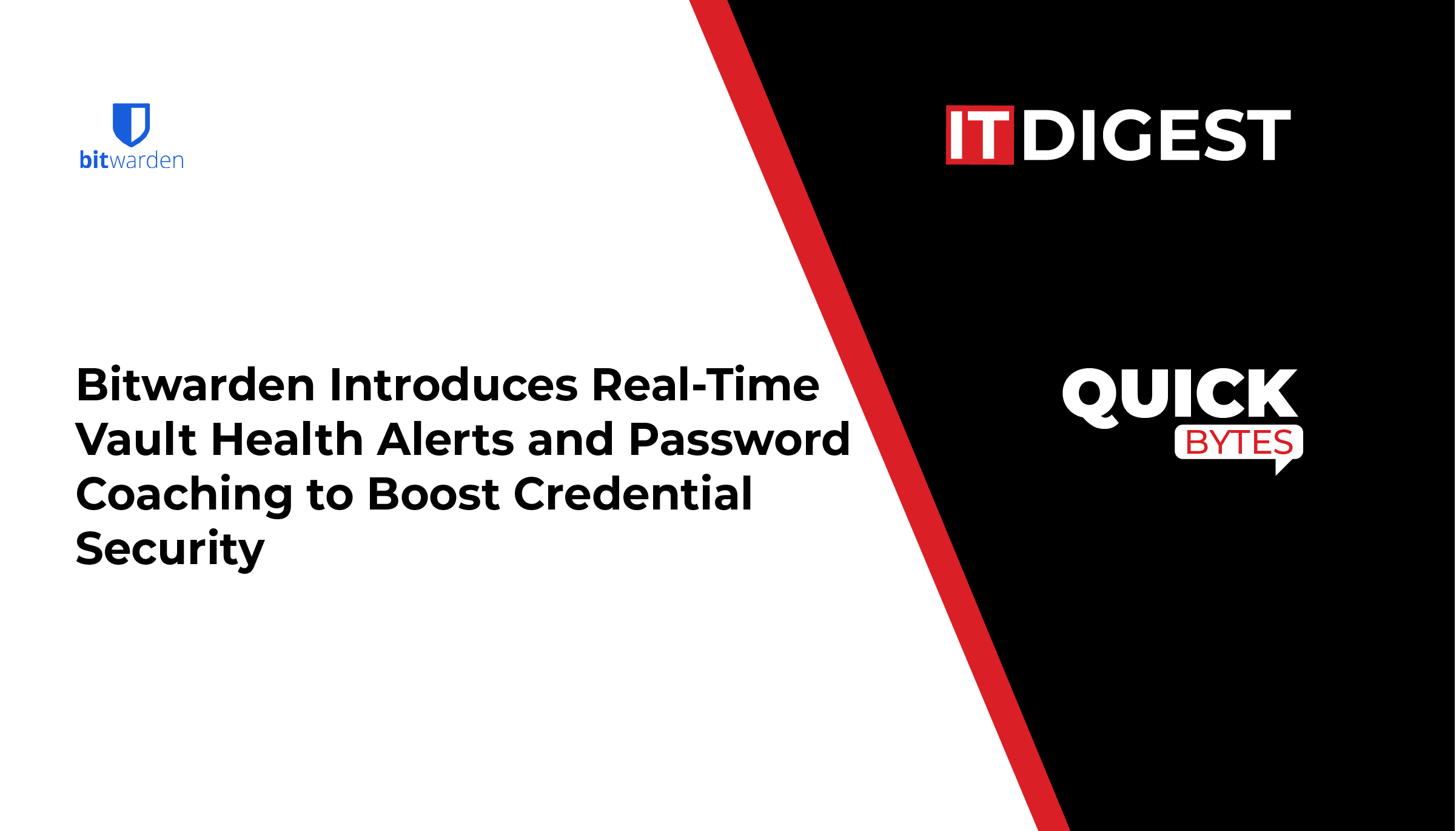Most IT leaders know that managing an unstructured data environment can be quite the undertaking. Before beginning an unstructured data management project, there are a lot of factors to consider including: the number of storage devices, the size of a particular dataset, the number of files in the dataset, and, perhaps the most intimidating, the unique environment the unstructured data inhabits.
One-size-fits-all solutions can often inadvertently sweep important characteristics of unstructured data environments under the rug. Granted this short-term, simple solution is easier than putting in the work to customize the best-fit solution per each organization’s data set. However, anyone undertaking an unstructured data management project should be forewarned, this methodology can create a longer-term detrimental effect known as “insider knowledge.” Insider knowledge is what is left when a group of people spend time setting up data management systems within an organization and then move on from their roles. It makes things incredibly difficult for those who inherit the agglomerated system and, chances are, the organizations who currently have this problem don’t yet realize they have it.
The Beginning of the End – Creating Insider Knowledge
Today’s storage administrators have a lot on their plate and are perpetually spread thin. Their daily responsibilities typically include:
-
Creating shares and exports
-
Designing a filesystem layout
-
Assigning devices for each app or dataset
-
Hunting down unused data
-
Organizing and pairing workflows to datasets
Often, with their busy day-to-day environment, the IT team’s decisions and actions are being made with a siloed approach. And as the project progresses, a unique language known only to the IT professionals overseeing the project is created. They may create their own tags and place files by a certain organizational system. However, most of this is not written down, meaning it is left to be deciphered like a code without an answer key. This language they created is the “insider knowledge.”
The Issue with Insider Knowledge in the Time of the Great Resignation
Why is this an issue, as long as someone knows what is going on in the overall picture of the data? Solely depending on a team of IT professionals who created the workflow means that they must stick with the company for their systems to make sense. After all, once the people with that knowledge leave, it is largely lost forever to the company.
It is not a bet worth taking that the employees of a company will merely stick around to see the data management project to completion. The threat that insider knowledge brings to organizations is that only the people with an idea of how the system works can properly onboard the next hire. This is a great position to be in for the IT professionals who know everything about the system, as there is a sense of job security, but it’s not great for the organization.
Also Read: PolySwarm Launches Token Rewards For Internet Browsing
For organizations, 44 percent of employees in the workforce are active job seekers. The Great Resignation has showcased that job seekers have the upper hand in the market today, and that good talent can be bought and poached from companies without a moment’s notice. When—not if—an organizations’ IT team members move on, it is imperative to have a well-documented, organized foundation for the unstructured data management system so that the next team is able to pick up where they left off.
Otherwise, when team members leave, they will inevitably leave knowledge gaps and questions will arise such as:
-
Are you hosting 20 TB of dead application data on your NAS?
-
Is this 20 TB of data something the storage administrator was planning on deleting, or is it important?
-
Are you going to pay to keep that data on tier 1 disks?
-
Do you have old employee files that were archived to other storage devices, but were never deleted?
The implications of insider knowledge are important to remember before beginning to tackle a data management project. It truly is as simple as future casting and deciding not to give a few people the control over an entire enterprise’s unstructured data.
Leave it to the Technology – What to ask when finding a solution
To manage unstructured data, there are now many tools on the market which were built with insider knowledge, and the pre-existing codes within organizations, in mind. By automating the process as much as possible, organizations can avoid a headache when their IT team moves on. Some questions to ask to aid in finding the proper tool include:
-
Location of data: How many storage devices are there? How many data centers are there? And how many countries are the data centers spread across? Do any live in the cloud?
-
Scanning capabilities: Do the aforementioned locations of the data affect the tool’s ability to scan it? What functions can be performed, from just scanning to analyzing with big data abilities?
-
Presentation: How do you receive the information from the tool? Is it digestible and usable? Will it easily highlight the forgotten data sets?
-
Aftermath: When you have the information at your disposal and have the insider knowledge in front of you, how can it help you move forward to promote a healthier unstructured data environment?
-
Time: How long will it take? How much data can the engine scan? And will this affect business-as-usual?
These are inquiries IT leaders must find answers to before deciding on the best solution for their organization’s long-term success. Regardless of how understaffed and overworked IT teams may be, in today’s modern data center, the last thing that should be done is give a few IT professionals complete control over an enterprise’s unstructured data management system. Staff turnover is never fun. In IT, it can severely impact an entire organization if IT teams are forced to start from scratch on projects because no one is left to translate the system’s language that was built on insider’s knowledge.
Also Read: Smart and Social Web3 Platform Blockify Raises $2.2M
With the amount of data created each day, the time to clean up and automate the process as much as possible is now, as the time to decide on a solution that works for today was yesterday. IT leaders who take time to evaluate the new technologies and comprehensive data management solutions available will be poised to spend their budgets wisely to reduce the risk of setbacks, delays, cost overruns, and even IT team turnover.

































